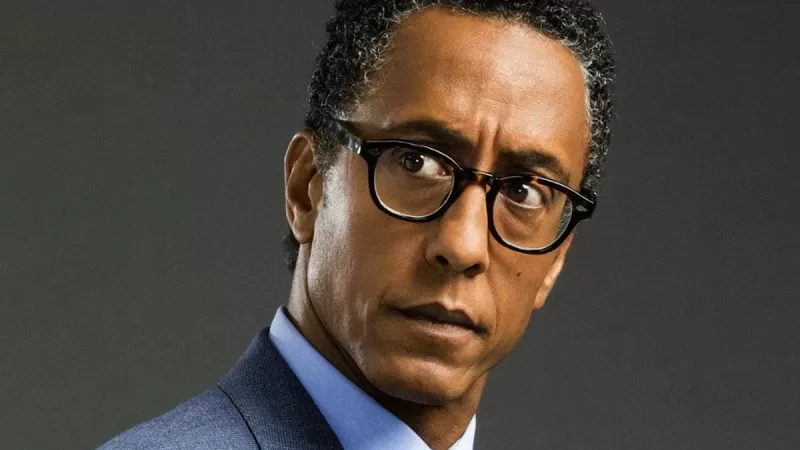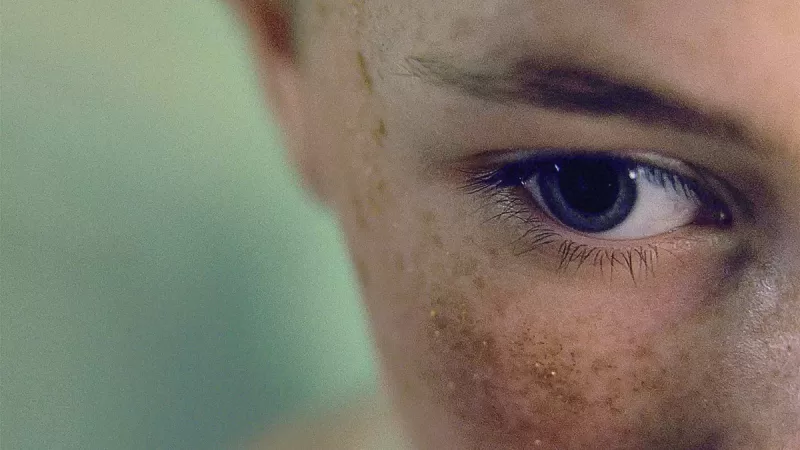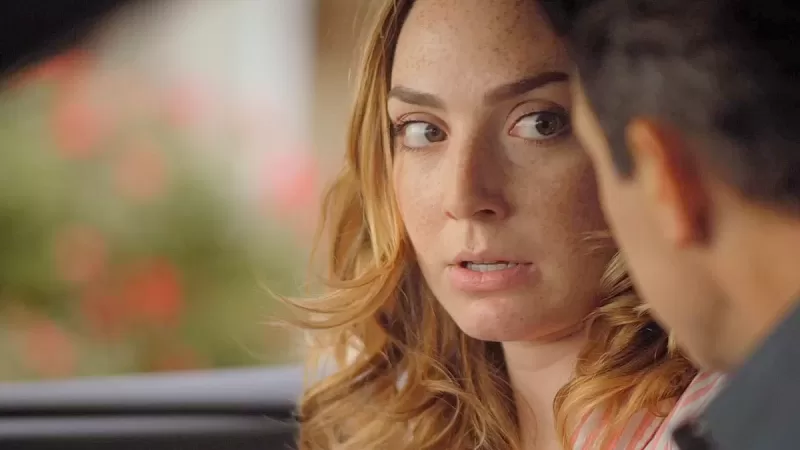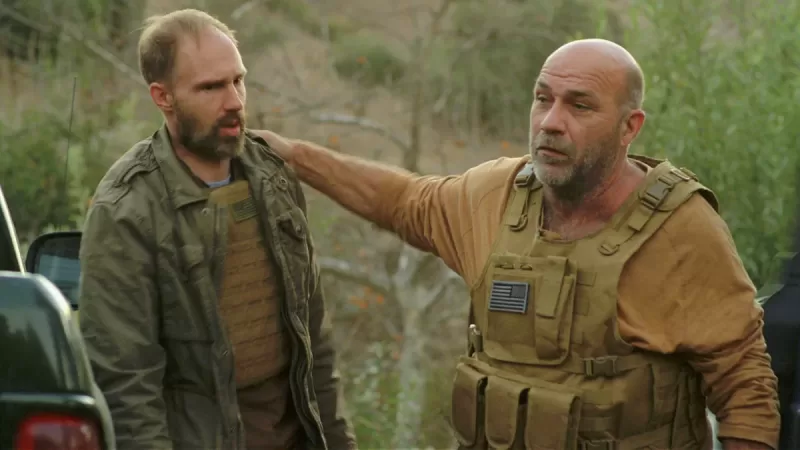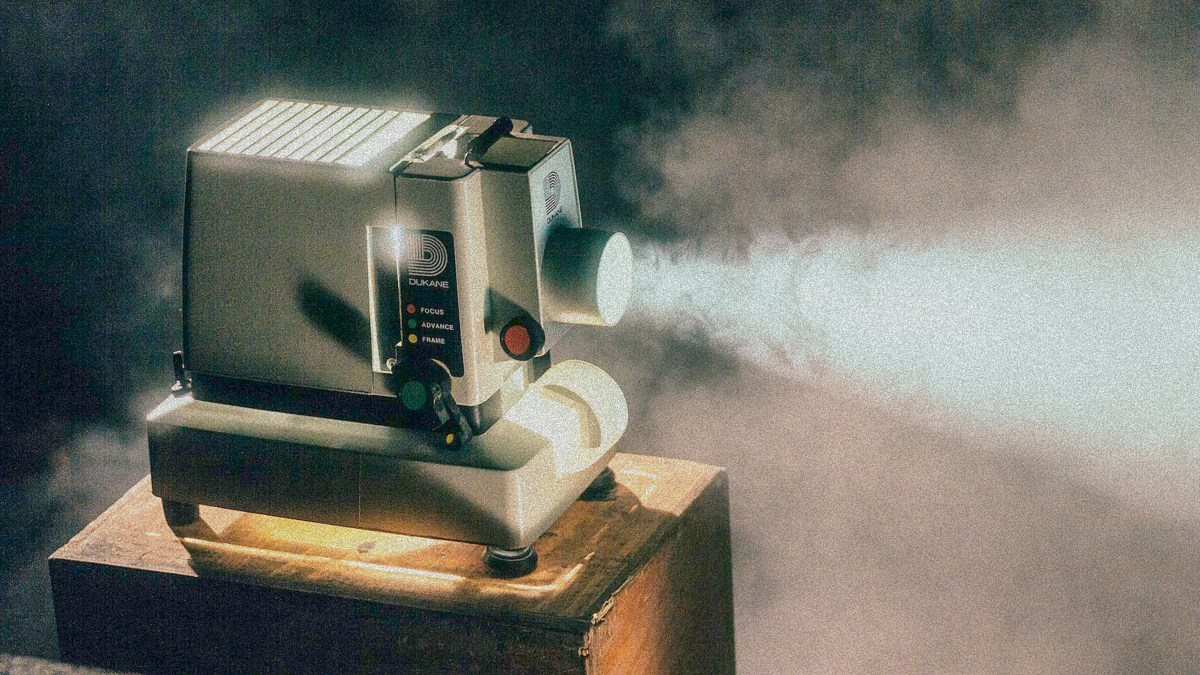
Oladapo Bamidele (January, 24, 2024)—
Cinematography is a crucial element in the art of filmmaking. As it plays a significant role in shaping the emotional atmosphere of a movie. The impact of cinematography on creating atmosphere and emotion in film is self evident to the filmmaker. Through the use of camera angles, framing, and movement, cinematographers can evoke specific emotional responses from viewers. Thus creating a deeper connection between the audience and the characters on screen. In this article, we will delve into the impact of cinematography on the emotional experience of viewers. We will explore how filmmakers utilize these techniques to craft compelling and immersive stories. Stories that resonate with audiences.
Understanding Cinematography and Its Importance
Cinematography in film refers to the art and technique of capturing moving images on film or a digital medium. It involves the use of lighting, camera movement, framing, and composition. The goal is to visually convey the narrative and evoke specific emotions in the audience.
Defining Cinematography in Film
Cinematography encompasses the visual aspects of storytelling in film. It goes beyond simply recording scenes and instead focuses on crafting the visual language of the narrative. A skilled cinematographer uses various tools and techniques to enhance the storytelling. Including the manipulation of light and shadow, the choice of lens and camera angles. And of course the use of color palettes to create mood and atmosphere. This make the impact of cinematography on creating atmosphere and emotion in film necessary.
The Emotional Power of Visual Storytelling
Visual storytelling through cinematography has the remarkable ability to elicit emotional responses from the audience. By skillfully manipulating visual elements, cinematographers can evoke fear, excitement, empathy, or awe. Thus allowing viewers to immerse themselves more deeply in the story. The interplay of light and shadow, the composition of frames. Plus the movement of the camera all contribute to the emotional impact of a film.
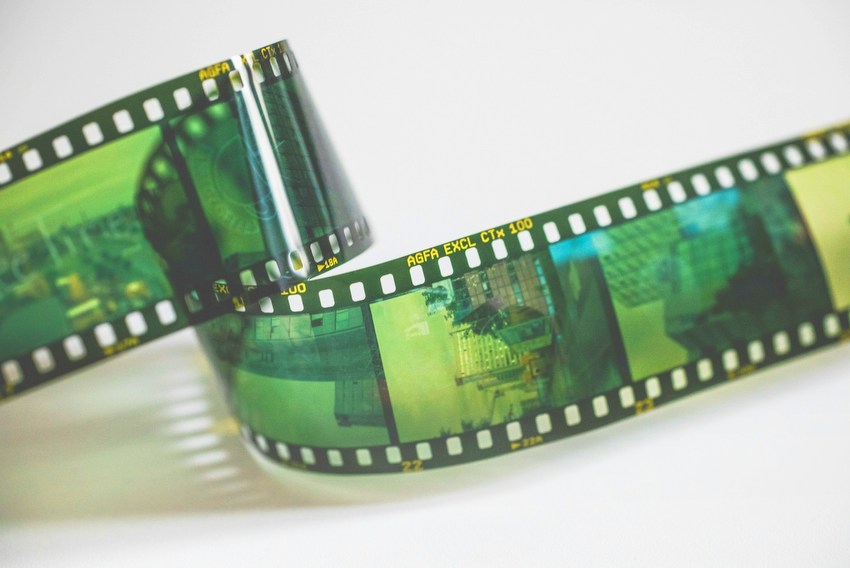
Camera Angles and Emotional Responses
Understanding the role of camera angles in eliciting emotional responses is crucial to create captivating experience in films. This impact of cinematography on creating atmosphere and emotion in film is therefor crucial. Camera angles have the power to influence viewers’ emotions, from vulnerability to dominance, and even neutrality.
High-Angle Shots and Vulnerability
High-angle shots, captured from above the subject, are powerful in conveying vulnerability and powerlessness. When a character is filmed from a high angle, they appear smaller, emphasizing their susceptibility to external forces. This angle can evoke empathy and concern from the audience, as they witness the character’s precarious position. For instance. A high-angle shot of a character cowering in fear can have a specific effect. Such as intensify the viewer’s emotional connection to the scene, engendering a sense of protectiveness towards the character.
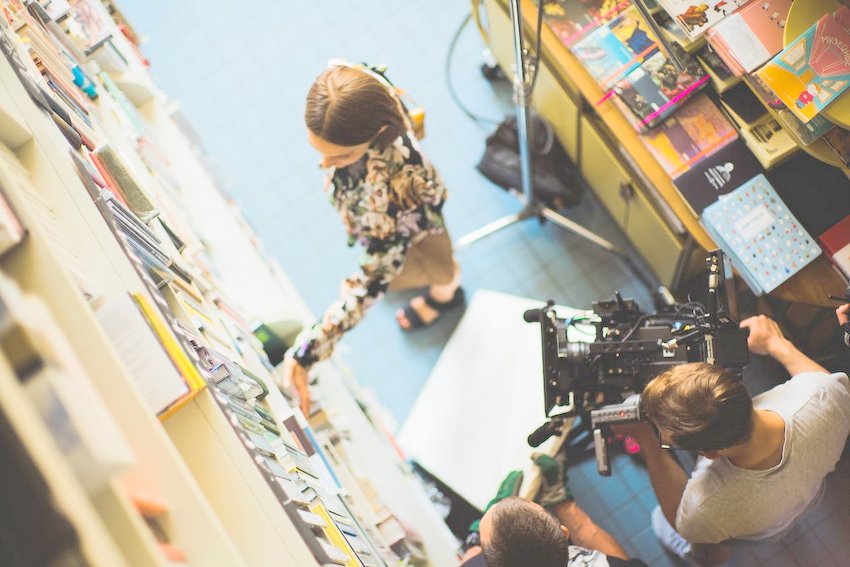
Low-Angle Shots and Dominance
Conversely, low-angle shots, captured from below the subject, exude dominance and authority. Characters filmed from a low angle appear larger and more formidable, instilling a sense of power and control. This angle is often utilized in scenes where a character’s strength or superiority is emphasized. This evokes admiration or even intimidation from the audience. For example, a low-angle shot of a protagonist standing tall have an amplification effect. The shot will amplify the characters heroic presence, evoking a feeling of awe and reverence.
The Impact of Neutral Shots
Neutral or eye-level shots play a pivotal role in presenting scenes objectively. The objectivity allows viewers to engage with the narrative without biased visual cues. These shots establish a sense of balance and realism, providing an unfiltered perspective of the characters and their interactions. While high and low-angle shots manipulate emotions by portraying vulnerability and dominance. Neutral shots serve as the anchor, offering an unembellished view of the unfolding story. The strategic use of neutral shots ensures that emotional responses are not influenced by overt camera angles. Thus allowing the audience to interpret the scene based on the characters’ actions and dialogue.
Understanding the emotional impact of various camera angles enriches the storytelling process. Thus enabling the filmmaker to craft compelling narratives that resonate with audiences on a profound emotional level.
Framing Techniques and Their Effects
Close-Ups and Intimacy
A close-up shot is a powerful tool for capturing the subtlest emotions on an actor’s face. Thus effectively drawing the audience into the character’s world. The proximity of the camera creates an intimate connection between the viewer and the subject. Allowing for a deep exploration of emotions and reactions. This type of shot is commonly used to emphasize a character’s emotional state. It is revealing the rawest and most vulnerable aspects of their performance.
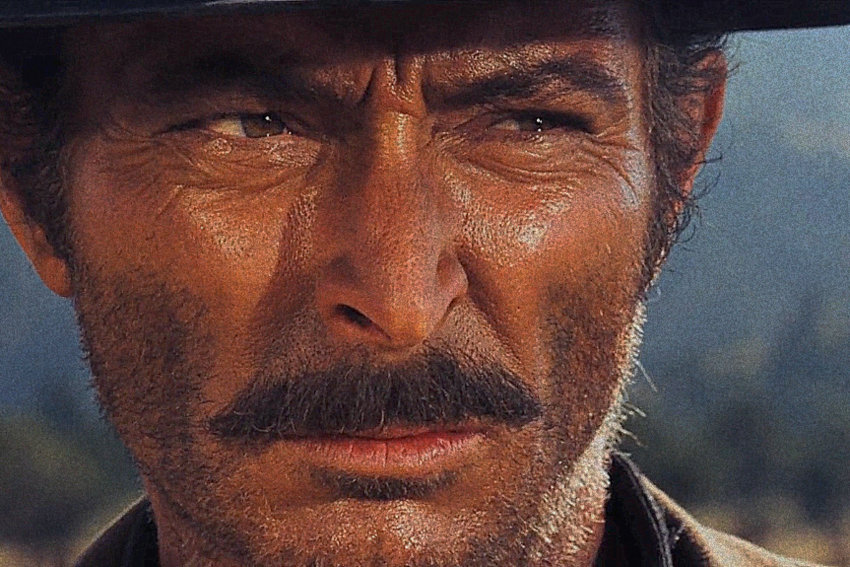
Wide Shots and the Big Picture
Wide shots, also known as establishing shots, provide the audience with a comprehensive view of the setting, creating context and spatial awareness. They often set the scene, capturing the grandeur of landscapes or the overall atmosphere of a location. These shots allow the audience to immerse themselves in the film’s world, providing a broader perspective and a sense of scale. By incorporating wide shots, filmmakers transport viewers into the heart of the narrative, eliciting a sense of awe and wonder.

The Rule of Thirds in Emotional Framing
The rule of thirds is a fundamental principle in composing visually compelling and emotionally evocative frames. By dividing the frame into thirds both horizontally and vertically, filmmakers can strategically position pivotal elements to draw the viewer’s focus and evoke specific emotions. Placing the main subject off-center within the frame can create tension, intrigue, or a sense of imbalance, amplifying the emotional impact of the scene. This deliberate placement maximizes visual interest and guides the audience’s perception, intensifying the storytelling experience.
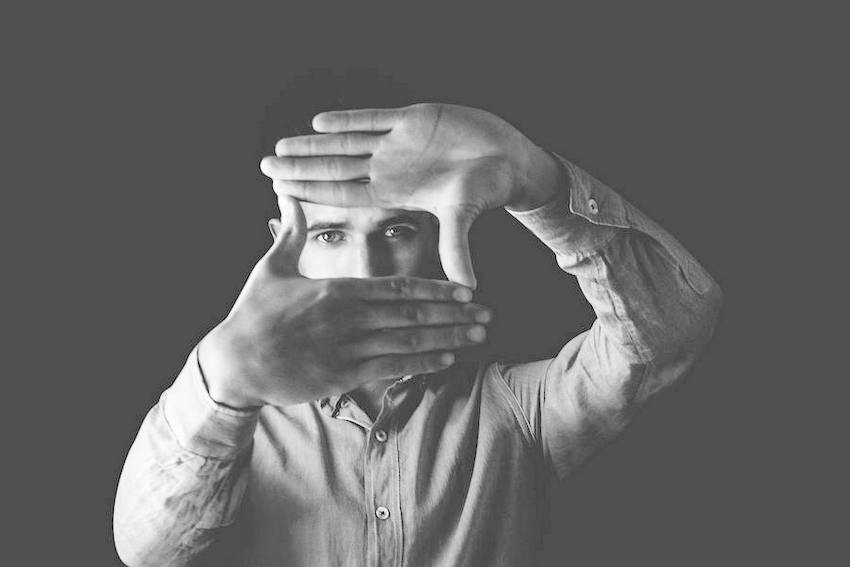
The Role of Lighting in Setting the Tone
Lighting in cinematography plays a vital role in setting the tone and evoking emotions in the audience. Whether it’s the drama of a thriller or the romance of a love story, lighting techniques contribute significantly to the overall atmosphere of a film.
Hard Lighting for Drama and Intensity
Hard lighting, characterized by strong, direct light and distinct shadows, is commonly used to create a sense of drama and intensity in films. This type of lighting can be seen in suspenseful scenes, where the sharp contrast between light and shadow adds tension and mystery. The play of stark shadows and bright highlights can heighten the emotions of fear, anticipation, and exhilaration, captivating the audience in the unfolding drama.
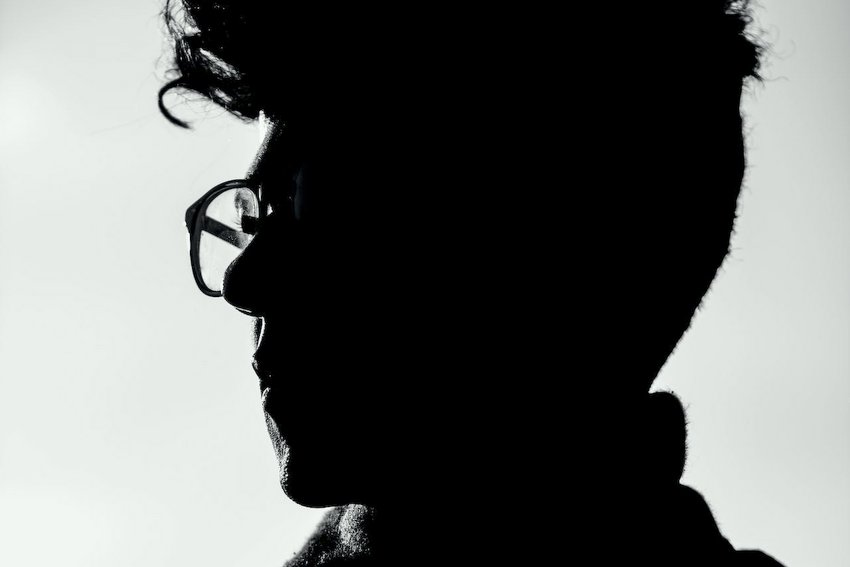
Soft Lighting for Romance and Calmness
On the other hand, soft lighting techniques are often employed to convey romance and calmness in films. Soft, diffused light minimizes harsh shadows, creating a gentle and dreamy ambiance. It is frequently used in scenes depicting love, tenderness, or serenity, where the warm glow of soft light enhances the emotional connection between characters and encourages a sense of comfort and tranquility for the audience.
These contrasting lighting techniques showcase the power of cinematography in establishing the mood and emotional impact of a film, guiding the audience on an immersive journey through the director’s vision.
Color Grading and Its Impact on Mood
Color grading plays a pivotal role in evoking emotions and establishing the atmosphere in a film. Understanding the impact of color temperature and choice on the audience’s emotional engagement is essential for filmmakers and cinematographers.
Warm Colors and Comfort
Warm color palettes, characterized by hues of red, orange, and yellow, exude a sense of coziness and comfort. These colors can create a welcoming and peaceful ambiance, making the audience feel at ease and embraced by the visuals. In films, warm color grading is often utilized to convey intimacy, romance, or a sense of familiarity, setting the tone for heartwarming scenes and characters.
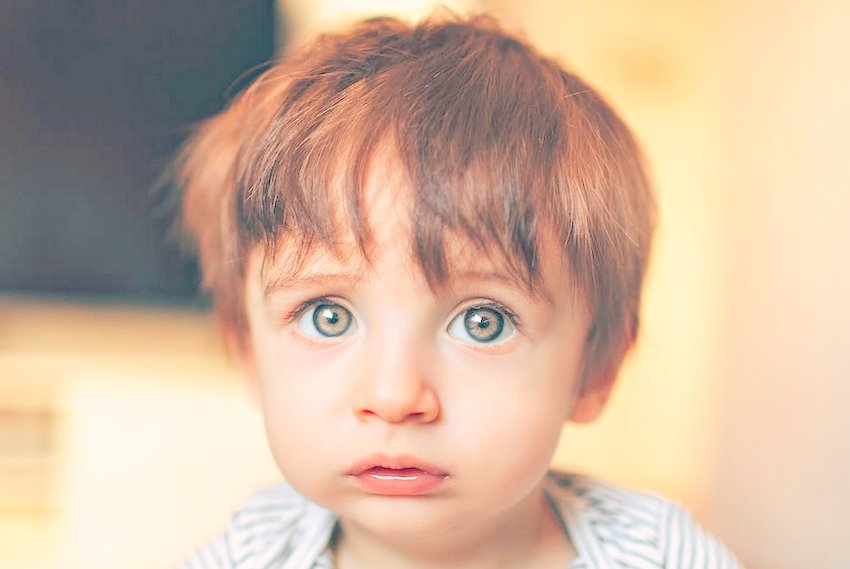
Cool Colors and Isolation
On the contrary, cool color palettes featuring shades of blue and green tend to evoke feelings of solitude and isolation. These colors can create a sense of detachment, distance, and even unease among the audience. Cinematographers often employ cool color grading to establish a stark, clinical atmosphere, or to convey a sense of isolation and desolation within a scene.

Camera Movements That Tell a Story
In filmmaking, camera movements play a pivotal role in conveying emotions and driving the narrative forward. Through the strategic use of static shots, tracking shots, and handheld shots, cinematographers can evoke distinct feelings and immerse viewers in the storytelling process.
Static Shots and Contemplation
Static shots, characterized by a fixed and stable camera position, are often employed to emphasize the stillness and contemplative nature of a scene. By capturing a tranquil moment with minimal distraction, static shots create an atmosphere of introspection and deep contemplation. This technique is frequently utilized in scenes of emotional significance, allowing the audience to fully absorb the subtle nuances of the characters’ expressions and the surrounding environment. The prolonged stillness in a static shot encourages viewers to reflect on the unfolding events, fostering a sense of connection with the characters and their experiences.
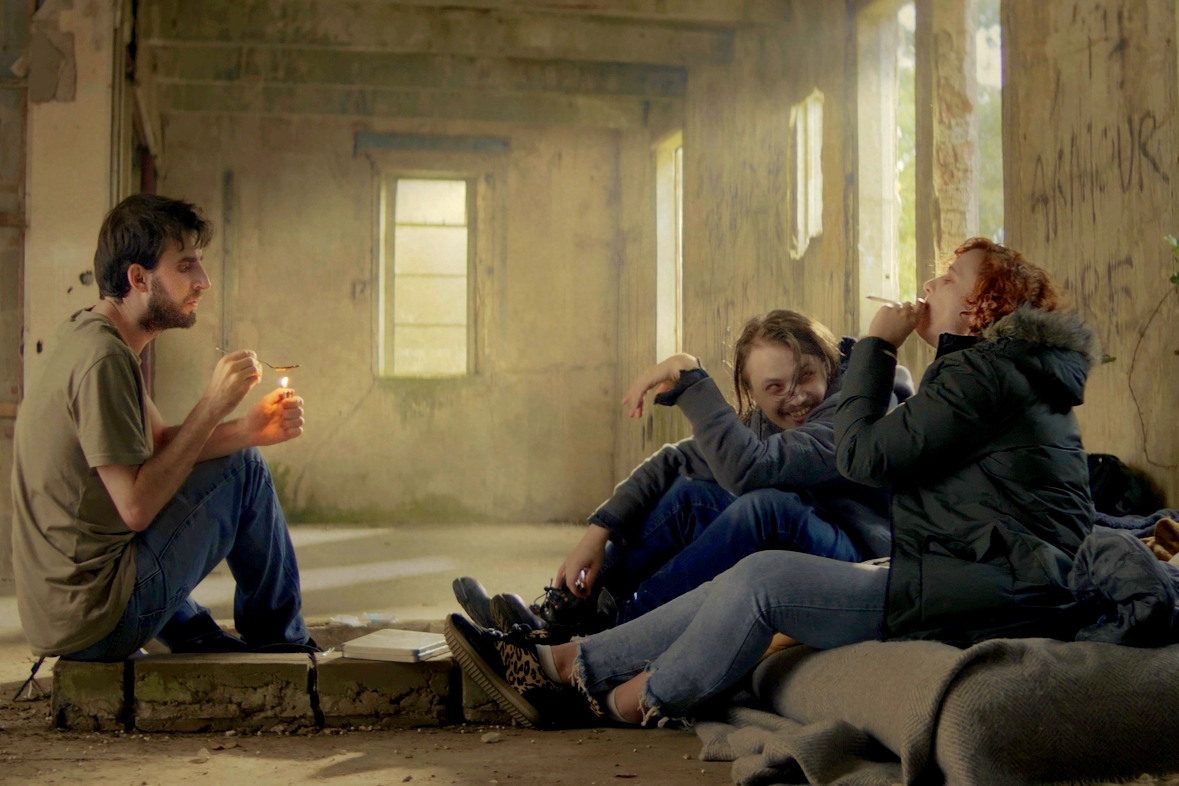
Tracking Shots and the Sense of Journey
The dynamic nature of tracking shots introduces a palpable sense of movement and progression within a film. As the camera smoothly traverses through the environment, viewers are visually invited to embark on a captivating journey alongside the characters. Whether it’s following a character’s strides through bustling streets or navigating through an expansive landscape, tracking shots create an immersive experience, amplifying the audience’s emotional investment in the narrative. This cinematic technique effectively conveys a feeling of exploration, adventure, and continuous evolution, compelling viewers to feel as though they are an integral part of the unfolding story.
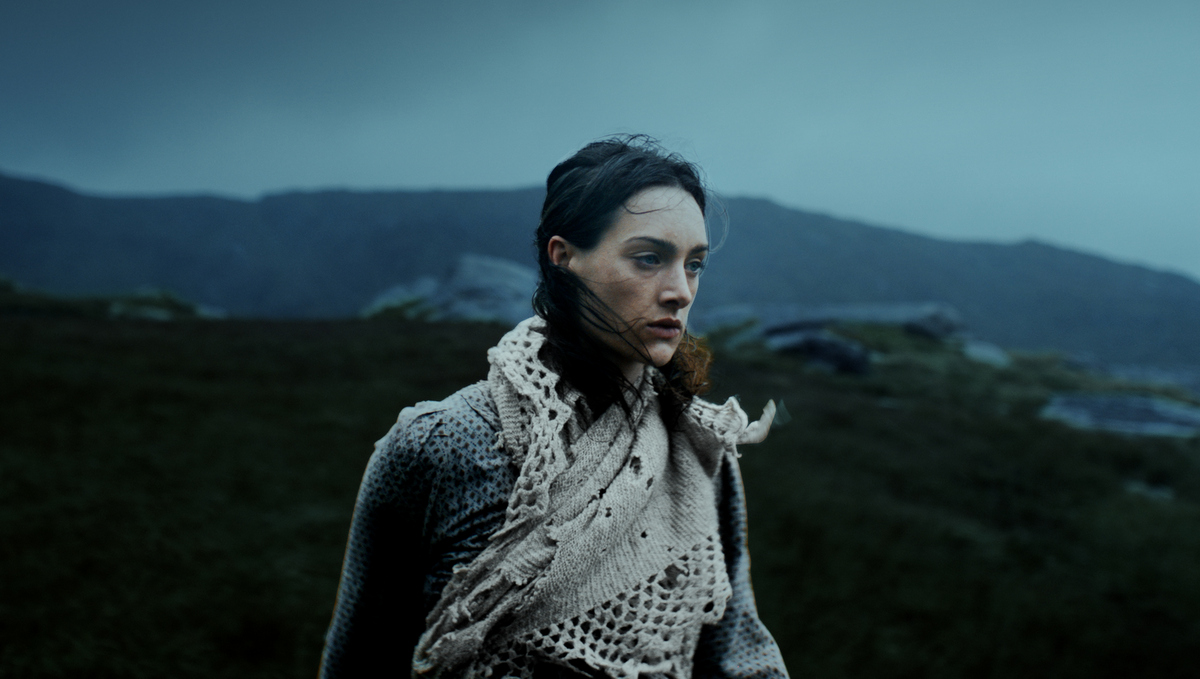
Handheld Shots and Realism
Handheld shots infuse a sense of immediacy and authenticity into a film, simulating the raw and unfiltered essence of real-life experiences. This cinematographic approach mirrors the unsteady movements of a human observer, resulting in a visceral and immersive viewing experience. Whether capturing intense action sequences, moments of heightened tension, or intimate conversations, handheld shots engender a feeling of realism and intimacy, forging a profound connection between the audience and the narrative. The inherent unpredictability and kinetic energy of handheld shots imbue the scenes with a raw, unscripted quality, amplifying the emotional impact on viewers and fostering a deeper engagement with the unfolding story.
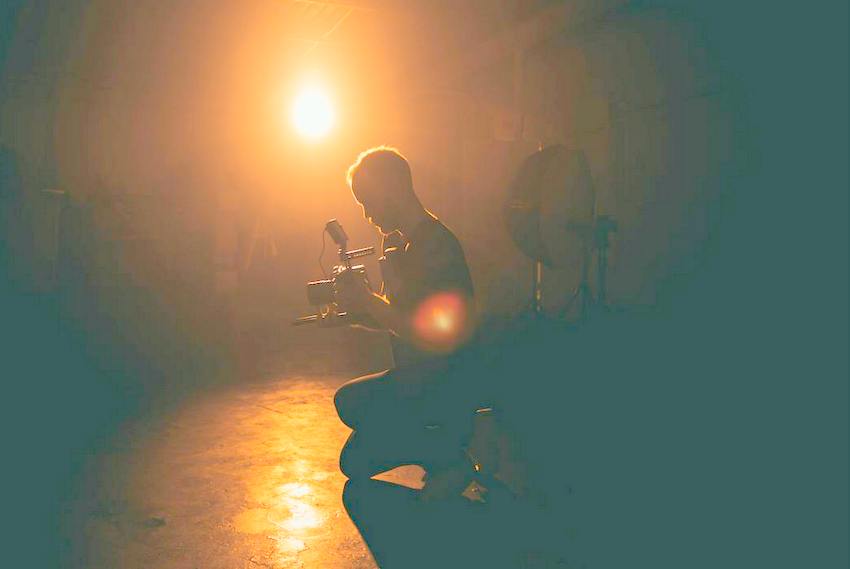
Sound and Music in Cinematographic Experience
Sound and music play a pivotal role in enhancing the overall cinematic experience. The interplay of sound effects and visuals is fundamental in creating an immersive atmosphere. Sound effects, such as footsteps, rustling leaves, or distant sirens, complement the visual elements, adding depth and realism to on-screen events. Every creak, whisper, and roar has the power to transport the audience into the heart of the action, elevating the emotional impact of a scene.
The Interplay of Sound Effects and Visuals
The harmonious blending of sound and visuals is akin to a symphony conductor guiding the orchestra to deliver a breathtaking performance. Just as a well-timed crescendo can evoke strong emotions, the synchrony of well-crafted sound effects with visual storytelling can intensify the audience’s engagement. In a suspenseful scene, the faint sound of a door creaking can send shivers down the spine, building anticipation and suspense. The seamless integration of sound effects and visuals is instrumental in captivating the audience and amplifying the intended emotional response.
Music’s Influence on Emotional Atmosphere
Music holds the power to sway emotions and shape the viewers’ perception of a film’s atmosphere. Whether it’s a haunting melody hinting at impending danger or a triumphant orchestral score conveying victory, the impact of music is profound. Just as a skilled composer can evoke a range of emotions through a musical composition, a film’s soundtrack influences the audience’s emotional journey. The uplifting notes of a soundtrack can inspire hope, while melancholic tunes can elicit empathy, affecting the overall emotional resonance of the cinematic experience.
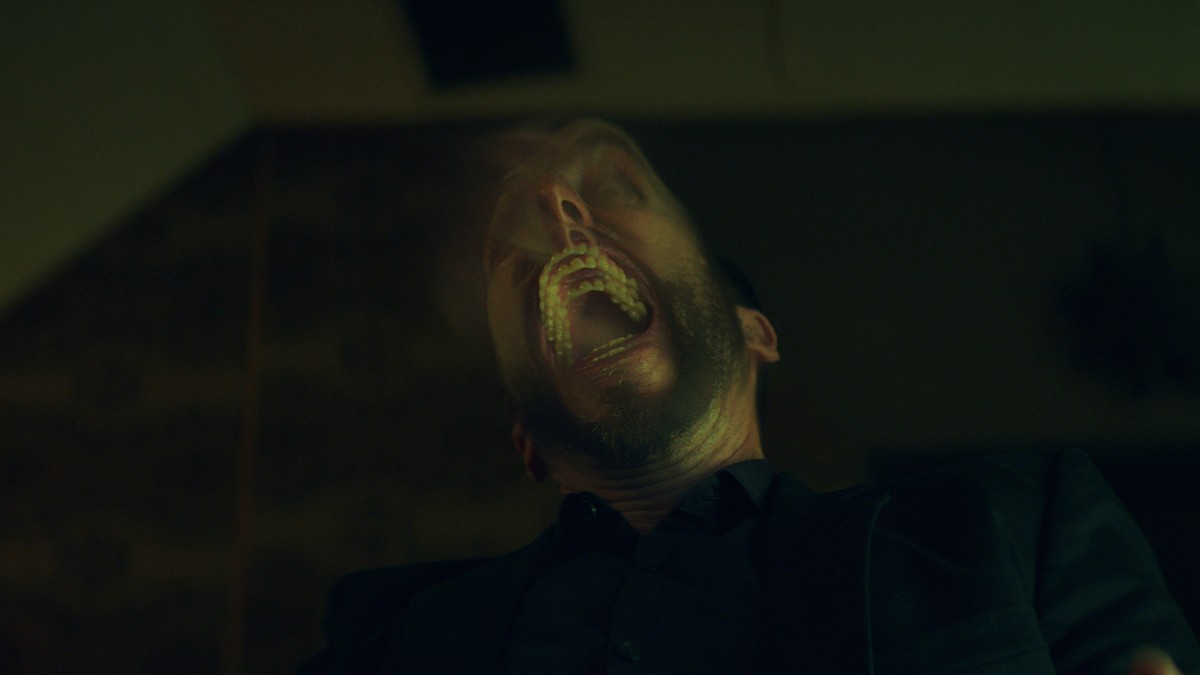
Iconic Films and Their Cinematographic Techniques
Great filmmakers understand the power of cinematography in shaping the emotional impact of their work. Let’s delve into the mesmerizing cinematographic techniques that have defined some of the most iconic films in cinematic history.
“Psycho” and the Art of Suspense
Alfred Hitchcock’s “Psycho” is a masterclass in building suspense through innovative cinematography. The infamous shower scene, for example, is a testament to Hitchcock’s ability to craft tension through clever camera angles and rapid cuts. The use of extreme close-ups and disorienting camera movements intensifies the viewer’s sense of unease, creating an unforgettable cinematic experience.
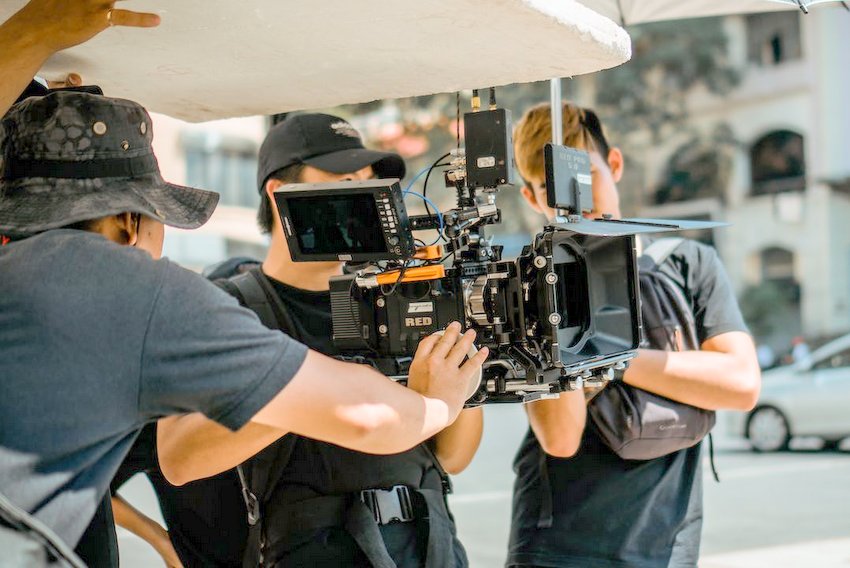
“The Godfather” and the Power of Framing
Francis Ford Coppola’s “The Godfather” is celebrated for its striking use of framing to convey power dynamics and emotional depth. The cinematography in the film often positions characters within door frames or windows, visually framing their moral choices and illustrating the constraints of their circumstances. This deliberate framing adds layers of meaning to the narrative, heightening the audience’s engagement with the story.
“Goodfellas” and Masterful Tracking
Martin Scorsese’s “Goodfellas” showcases the art of tracking shots to immerse the audience in the characters’ world. The famous Copacabana tracking shot, following the protagonist through the back entrance of a nightclub, is a technical marvel that pulls viewers into the protagonist’s glamorous yet perilous lifestyle. The seamless tracking shot serves as a visual metaphor for the protagonist’s escalating success and the impending dangers that accompany it.
Crafting cinematic masterpieces involves a deep understanding of how cinematographic techniques can manipulate emotions and immerse audiences in the narrative. These iconic films serve as timeless examples of the transformative power of cinematography.
How Cinematography Connects Viewers to Characters
Cinematography plays a critical role in connecting viewers to the emotions and experiences of the characters on screen. Through visual cues and compelling storytelling, cinematographers have the power to impact the audience on a deep and emotional level.
Visual Cues and Empathy
The artful use of cinematography can evoke empathy by providing visual cues that help viewers connect with the characters. From close-up shots that reveal subtle facial expressions to wide-angle shots that showcase the character’s environment, the cinematographer guides the audience’s emotional response. For example, a tight close-up on a character’s tear-filled eyes can instantly convey their sadness, drawing the viewer into the character’s emotional state. This connection heightens the audience’s investment in the character’s journey, fostering a deeper sense of empathy and understanding.
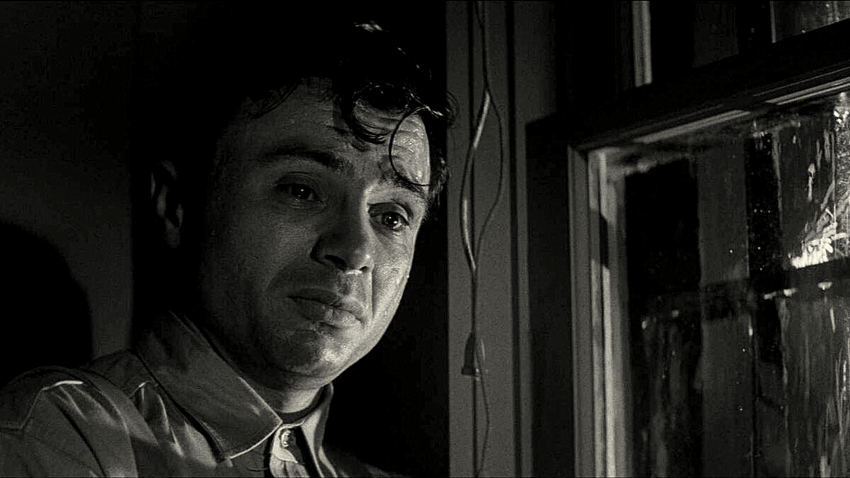
Building Relationships Through the Lens
Cinematography also plays a crucial role in building relationships between viewers and characters through the lens. The framing, composition, and movement of the camera can dynamically influence how viewers perceive and relate to the characters. For instance, a steady, intimate handheld shot can create the sensation of walking alongside a character, fostering a sense of closeness and kinship. Similarly, a sweeping, panoramic shot can provide a broader perspective, enabling viewers to forge a connection with the character’s world. By leveraging these visual techniques, cinematographers build a bridge between the audience and the characters, fostering a deeper emotional investment in the narrative.
In summary, the role of cinematography in connecting viewers to characters is paramount in shaping the emotional impact of a film. Through the skillful use of visual cues and storytelling techniques, cinematographers bring the audience closer to the characters, fostering empathy and forging meaningful connections that resonate long after the credits roll.
Modern Cinematography and Technological Advances
In today’s film industry, modern cinematography has been greatly influenced by technological advances, revolutionizing the way films are created and enhancing the impact on audiences. Digital cinematography has provided filmmakers with unparalleled creative freedom, allowing them to explore innovative storytelling techniques and visual styles. With the evolution of special effects, filmmakers can now create awe-inspiring scenes that evoke enhanced emotions, captivating viewers in entirely new ways.
Digital Cinematography and Creative Freedom

Special Effects and Enhanced Emotion
Digital cinematography has opened up a world of possibilities for filmmakers, enabling them to experiment with diverse visual elements and push the boundaries of storytelling. The flexibility offered by digital cameras allows directors to capture scenes with remarkable precision, creating visually stunning compositions that immerse audiences in the narrative. With the ability to manipulate light, color, and texture, cinematographers can craft dynamic atmospheres that intensify the emotional impact of each frame. This newfound creative freedom fuels an era of cinematic innovation, propelling the art of storytelling to unprecedented heights.
The integration of cutting-edge special effects in modern cinematography has redefined the emotional resonance of films. Through advanced visual techniques, filmmakers can transport audiences into fantastical realms, evoke visceral reactions, and convey complex emotions with striking clarity. Whether simulating otherworldly environments or bringing mythical creatures to life, special effects contribute to a heightened sense of wonder and emotional engagement. By seamlessly blending practical and digital effects, filmmakers can elicit profound emotional responses, amplifying the overall cinematic experience for viewers worldwide.
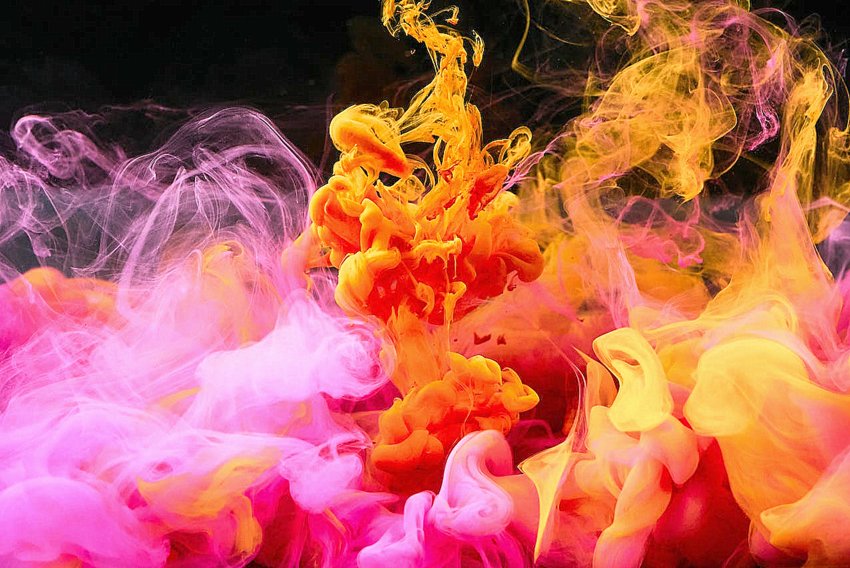
The continuous evolution of digital cinematography and special effects continues to shape the landscape of filmmaking, offering creators unparalleled tools to evoke profound emotions and deliver captivating narratives. As technology advances further, the potential for cinematic storytelling to transcend traditional boundaries only grows, promising audiences an ever-expanding universe of visual and emotional experiences.
Conclusion
Cinematography plays a crucial role in shaping the emotional impact of a film. Through strategic camera angles, framing techniques, and camera movement, filmmakers can effectively evoke specific emotional responses from their audience. The careful use of these cinematographic elements enhances the audience’s connection with the characters and the overall storyline. Understanding the power of cinematography allows filmmakers to craft more immersive and emotionally compelling narratives that resonate deeply with viewers. So, next time you watch a movie or TV show, pay attention to the camera work and observe how it influences your emotional response to the scene.
Did this press release inform you? Would you like to comment on “THE ARTICLE”? If you do, we would respond. Do let us know your thoughts if you have any suggestions. So hit us up on Facebook, Instagram! or Twitter.
INDIE ACTIVITIES
Escape by Howard J. Ford stars Sarah Alexandra Marks from Saban Now Out on VOD
Actress Sarah Alexandra Marks stars of a Saban action/thriller titled Escape
Andre Royo to Deliver Keynote Address at Beyond Hollywood Int’l Film Festival Awards Night
Andre Royo is at Beyond Hollywood Int’l Film Festival Release April 28th, 2024
CLODAGH Directed by Portia A. Buckley is an Official Selected Short at Cleveland
CLODAGH has been selected for the prestigious Cleveland International Film Festival
Stargazer by Alan McIntyre. A Spellbinding Tale of Science, Seduction and Betrayal Debuts April
Stargazer Gets Digital Debut for North American VOD Platforms and DVD on April 30, 2024
Day Labor by R. Ellis Frazier, Action Thriller Gets May Release
Freestyle Digital Media Acquires Action Thriller “Day Labor” For May Release


